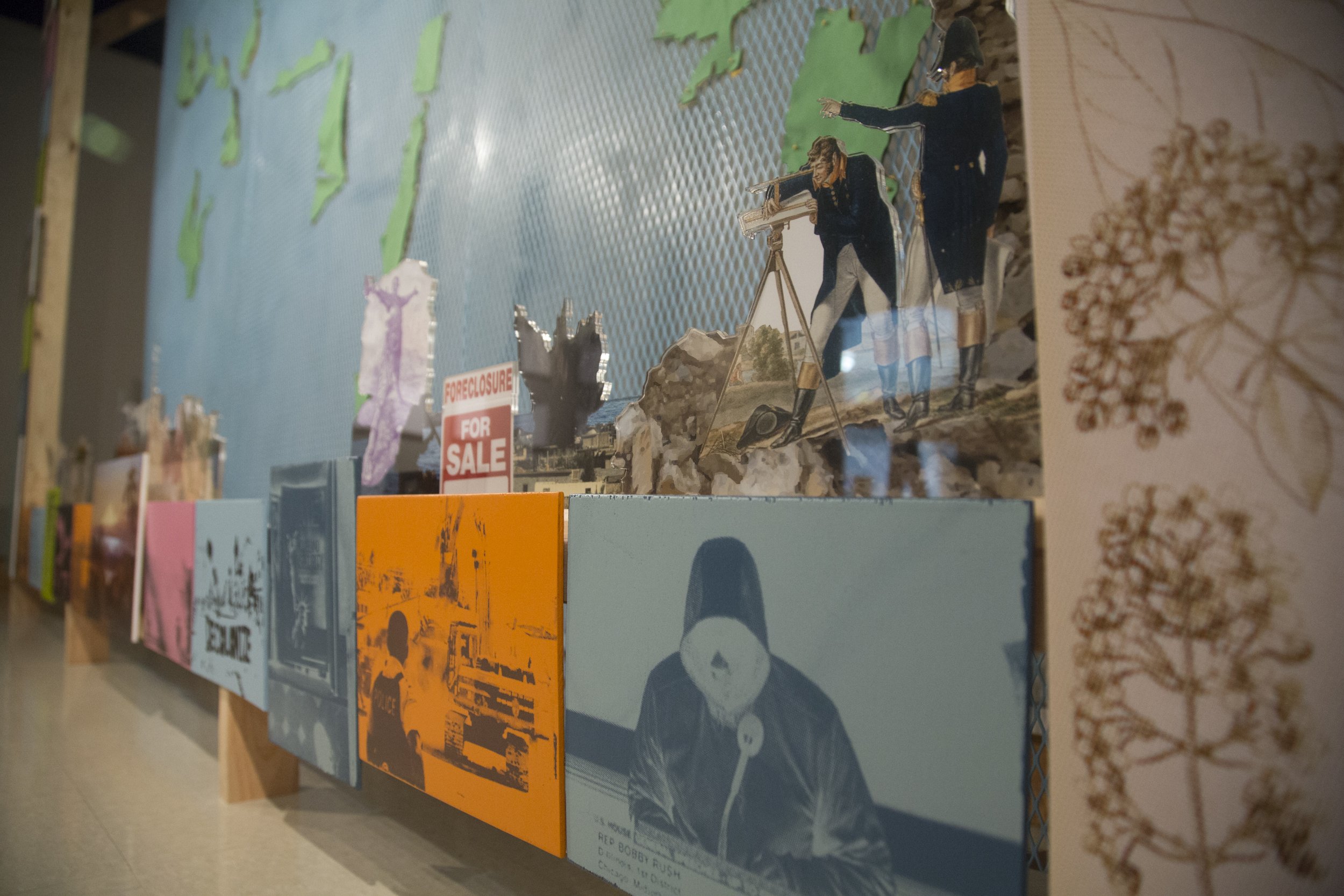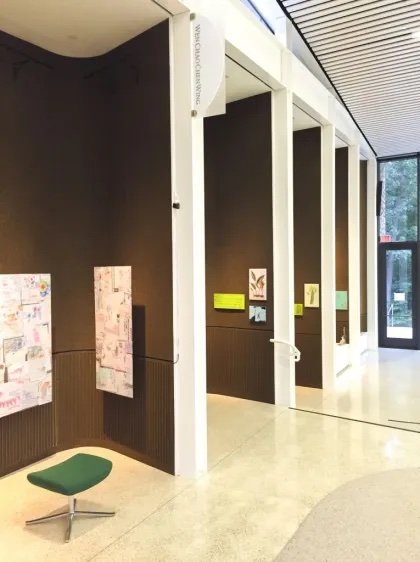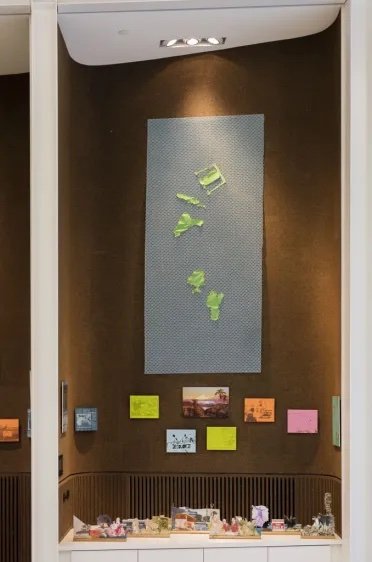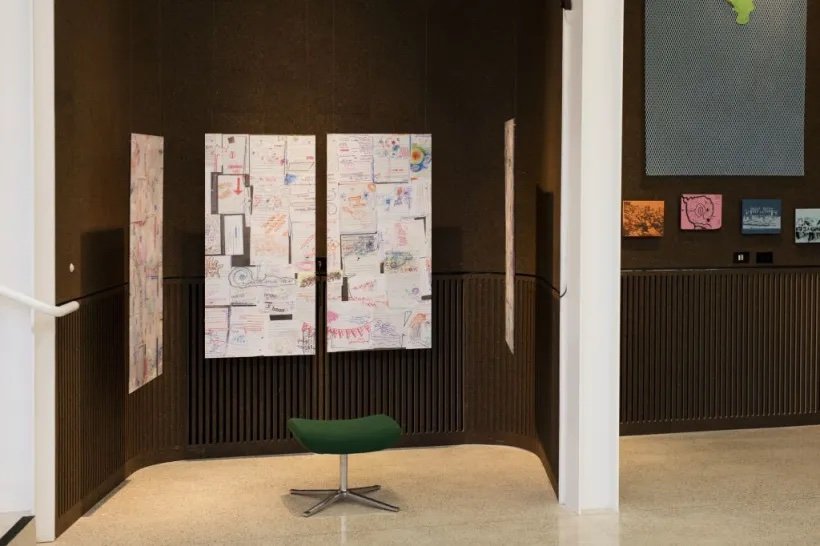Varieties of Requisition and the Interpreters’ Guild
Varieties of Requisition and the Interpreters’ Guild is a comparative mapping and public engagement project commissioned by the Arcus Center for Social Justice Leadership for its 2014 “With/out ¿Borders?” Conference. The project begins by charting techniques and histories of “requisition,” and convening group engagement with the material that wove into conference-goers’ experiences.
Building the project’s research from the issues and geographies highlighted in the conference and Hunt’s own research, the project’s first stage created a map of the world made up of histories of requisition and dispossession that went unaddressed or were resisted. Through silk screened and photographic prints showing the imperial theft of land, resources, labor, health, citizenship, humanity, language, political recognition, enfranchisement and rights, biology, the undermining of social and political organization, along with instances of revolt that have risen up against them. This provisional map drew connections between histories and struggles that seem disconnected by their differences in geography, time, the particular empire involved, but which nonetheless share common techniques, language and forms of struggle that trace out an ongoing colonial shape to our contemporary world. Within it, multiple registers of image, including media images, historical documents, botanical illustrations, medical imagery, maps, silhouettes of territorial borders cut into colored textiles, and original photographs from Hunt’s own ongoing research, are organized into a coherent whole that, at the same time, collapses under the weight of its failure as a practical map.
The Interpreters’ Guild
Alongside its installation at the With/Out ¿Borders? conference, Hunt collaborator, Shagha Ariannia, convened an “Interpreters’ Guild,” inviting students of the local Kalamazoo College, local residents and conference attendees to engage the conference through a choreography of collective reflection and interpretation, bringing each others’ private responses into dialogue, and crafting a form to make them public.
Each day of the conference, Guild members attended their chosen conference events with an “event record” form — a simple set of questions and space for the doodling and note-taking . Participants would share their forms each evening by placing them under a sheet of plexiglass in the exhibition space, talking across them, while tracing, drawing and note-taking with pens on top of the plexi — building a larger, collective visual record. Accompanied by short audio “souvenirs” that participants collected for one another throughout the conference, the event records and plexiglass notation served as a secondary display alongside the original map. This also culminated in a live, improvisational “tabletop reading,” with the help of other visiting artists.






Recapitulation
In 2015, these two elements were brought together for recapitulation of the work, for a year long installation inside the Arcus Center’s newly opened building, using its common area’s discussion cubicles to divide it into four chapters. Conceptualized with the help of artist Hannah Knoll, the original map’s rigid cartographic frame was broken and its materials redistributed across the discussion areas, informed by insights from the Interpreters’ Guild process. The plexiglass tabletop was secured with its montage of “event records” behind and drawings and notes on top and cut into four 24”x48” panels; hung beneath a directional speaker playing an audio collage made from the Guild’s conversations and performances.






